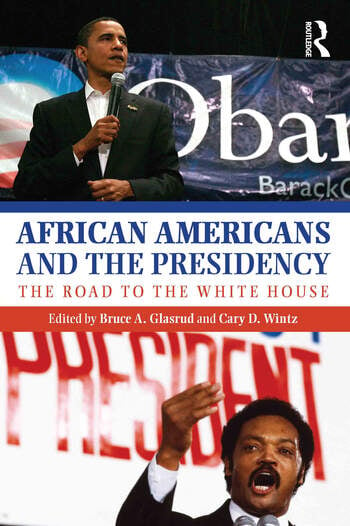Afro-Nordic Landscapes: Equality and Race in Northern EuropePosted in Anthologies, Books, Europe, Media Archive, Social Science on 2014-10-05 17:56Z by Steven |
Afro-Nordic Landscapes: Equality and Race in Northern Europe
Routledge
2014-04-02
264 pages
Hardback ISBN: 978-0-415-89743-3
Edited by:
Michael McEachrane
Foreword by:
Paul Gilroy, Professor of American and English Literature
King’s College, London
Afro-Nordic Landscapes: Equality and Race in Northern Europe challenges a view of Nordic societies as homogenously white, and as human rights champions that are so progressive that even the concept of race is deemed irrelevant to their societies. The book places African Diasporas, race and legacies of imperialism squarely in a Nordic context. How has a nation as peripheral as Iceland been shaped by an identity of being white? How do Black Norwegians challenge racially conscribed views of Norwegian nationhood? What does the history of jazz in Denmark say about the relation between its national identity and race? What is it like to be a mixed-race black Swedish woman? How have African Diasporans in Finland navigated issues of race and belonging? And what does the widespread denial of everyday racism in Nordic societies mean to Afro-Nordics?
Contents
- Foreword Paul Gilroy
- Acknowledgments
- Introduction Michael McEachrane
- Part I: The Nation
- 1. Imagining Blackness at the Margins: Race and Difference in Iceland Kristín Loftsdóttir
- 2. “Struggling to Be Recognized as Belonging to the Fauna of Norway”: On Being Black Norwegian Women madeleine kennedy-macfoy
- 3. The Midnight Sun Never Sets: An Email Conversation About Jazz, Race and National Identity in Denmark, Norway and Sweden Cecil Brown, Anne Dvinge, Petter Frost Fadnes, Johan Fornäs, Ole Izard Høyer, Marilyn Mazur, Michael McEachrane and John Tchicai
- Part II: Racism
- 4. There’s a White Elephant in the Room: Equality and Race in (Northern) Europe Michael McEachrane
- 5. Racism Is No Joke: A Swedish Minister and a Hottentot Venus Cake—An Email Conversation Beth Maina Ahlberg, Claudette Carr, Madubuko Diakité, Fatima El-Tayeb, Tobias Hübinette, Momodou Jallow, Victoria Kawesa, Michael McEachrane, Utz McKnight, Anders Neergaard, Shailja Patel, Kitimbwa Sabuni and Minna Salami
- 6. Being and Becoming Mixed Race, Black, Swedish and a Nomadic Subject Anna Adeniji
- 7. Bertrand Besigye’s Civilization Critique: An Aesthetics of Blackness in Norway Helena Karlsson
- 8. Two Poems by Bertrand Besigye: (i) How A Black African Orders Black Coffee (To Barack Hussein Obama); (ii) You Can’t Keep A Good Man Down. Or Black Hail Over All of West Side (Translated by John Irons) Bertrand Besigye
- Part III: Diaspora
- 9. Talking Back: Voices from the African Diaspora in Finland Anna Rastas
- 10. Den Sorte: Nella Larsen and Denmark Martyn Bone
- 11. A Horn of Africa in Northern Europe—An Email Conversation Abdalla Duh, Mohamed Husein Gaas, Abdalla Gasimelseed, Amel Gorani, Nauja Kleist, Anne Kubai, Michael McEachrane, Saifalyazal Omar, Tsegaye Tegenu and Marja Tiilikainen









